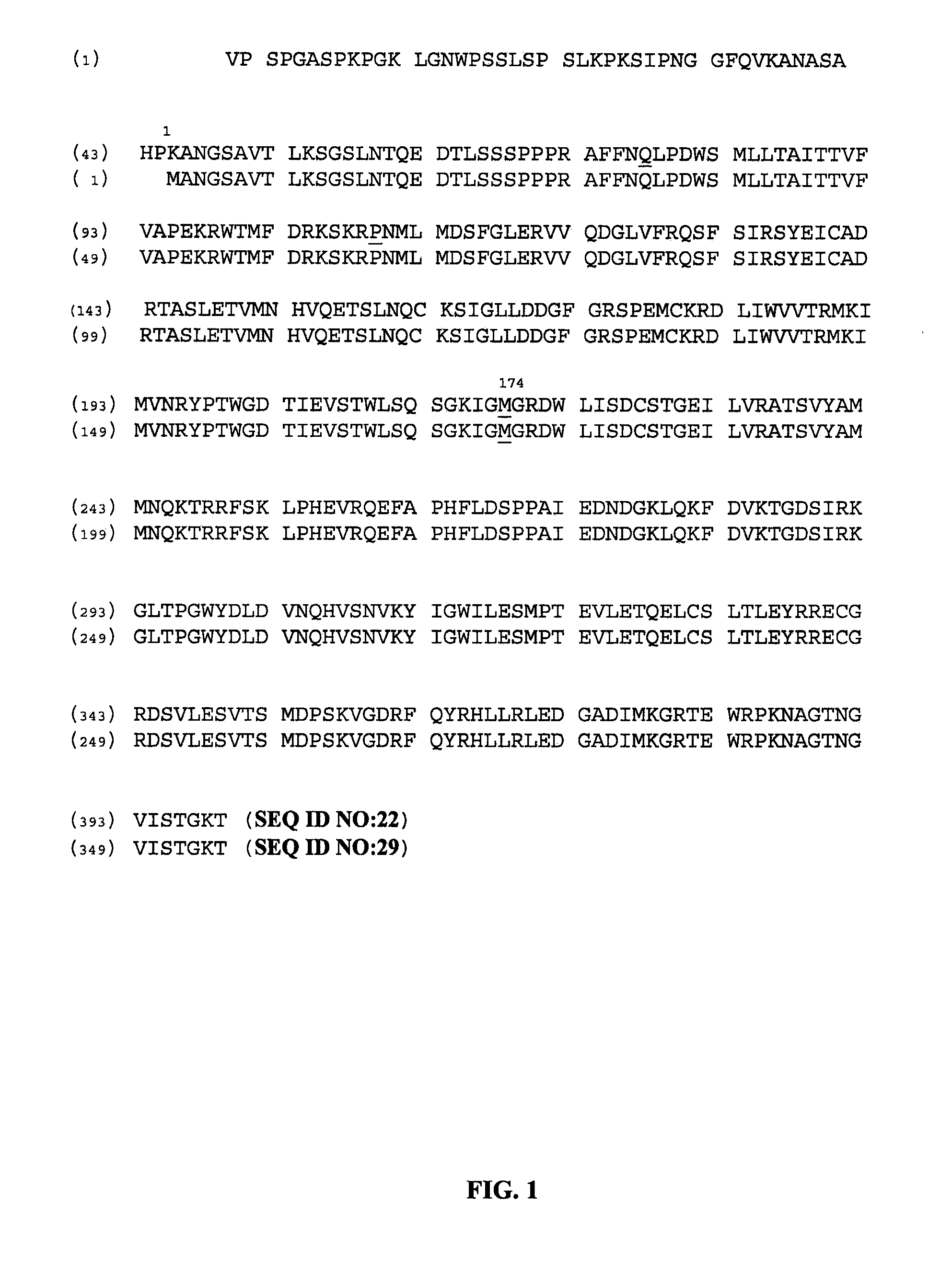Acyl-acp thioesterase genes and uses therefor
a technology of acyl-acp thioesterase and acyl-acp thioesterase, which is applied in the direction of biochemistry, organic chemistry, biochemical apparatus and processes, etc., can solve the problems of reducing the activity of acyl-acp thioesterase, adding to the time and cost of purification of fatty acids of particular chain lengths used for particular purposes, and achieving increased activity and fatty acid product. the effect o
- Summary
- Abstract
- Description
- Claims
- Application Information
AI Technical Summary
Benefits of technology
Problems solved by technology
Method used
Image
Examples
example 1
Isolation of a Gene that Encodes a Novel Acyl-ACP Thioesterase (Ca1FatB2) from Cuphea aequipetala
[0149]To isolate a gene encoding a medium chain acyl-ACP thioesterase, seeds of Cuphea aequipetala (Accession No. PI561477) were obtained from the USDA National Plant Germplasm System through the North Central Regional Plant Introduction Station in Ames, Iowa. Genomic DNA was isolated from the seeds as follows: 50 seeds were transferred to a microfuge tube and incubated for one hour at 50-55° C. in 0.35 mL of Extraction Buffer (200 mM Tris-HCl pH 8.0, 200 mM NaCl, 25 mM EDTA, 0.5% SDS, and 20 mg / mL proteinase K). The hydrated and lysed seeds were then ground using a plastic pestle. 0.35 mL of CTAB solution (2% w / v CTAB, 100 mM Tris-HCl, pH 8.0, 20 mM EDTA, 1.4 M NaCl, 1% PVP) was added and incubated at room temperature for one hour. The mixture was then centrifuged at 14000×g for 5 minutes and the supernatant solution was transferred to a Phase Lock Gel tube (5 Prime, Inc.). DNA was ext...
example 2
Expression of a Synthetic Ca1FatB2 Gene in E. coli
[0152]A synthetic acyl-ACP thioesterase gene based on the coding sequences of the isolated Ca1FatB2 genomic clone was constructed for expression studies. The nucleotide sequence of this synthetic version of the Ca1FatB2 gene is indicated as SEQ ID NO:7, and the amino acid sequence derived from this synthetic gene is indicated as SEQ ID NO:8. The plasmid containing the synthetic gene is referred to as pJ201:24592.
[0153]The synthetic gene was truncated at the 5′ end to eliminate sequences encoding the putative chloroplast transit peptide. Although the site of processing of plant acyl-ACP thioestease precursors is not known with certainty, it is believed that the truncation of the synthetic gene excludes all or most of the plastid transit peptide-encoding region at the amino-terminus of the Ca1FatB2 thioesterase. Furthermore, as the gene sequence obtained by PCR lacked a carboxy-terminus-encoding region, a consensus carboxy-terminus se...
example 3
Completion of the 3′ End of the Native Ca1FatB2 Gene
[0156]Genome walking was performed to determine the complete actual sequence at the 3′ end of the Ca1FatB2 coding region. An adaptor ‘GW ad’ was constructed by annealing oligos ‘GW adL’ (SEQ ID NO:14) and ‘GW adS’ (SEQ ID NO:15) at a final concentration of 100 mM each in 1×DNA ligase buffer (Invitrogen Corp., Carlsbad, Calif.). The GW adS oligomer was phosphorylated at the 5′ end and included a 3′ amino modifier. The following incubation conditions were used: 95° C. for 3 min; followed by 55° C. for 3 min; 45° C. for 3 min; 35° C. for 3 min; 25° C. for 3 min; 15° C. for 3 min; and then 4° C. hold. Single endonuclease digests were performed on C. aequipetala genomic DNA (gDNA) with PmII, SnaBI, MscI, and StuI (New England Biolabs, Ipswich, Mass.) with overnight incubation at 37° C. The reactions were heat inactivated at 80° C. and the DNA was purified by standard phenol / chloroform procedures. Adaptor ‘GW ad’ was then ligated to the ...
PUM
| Property | Measurement | Unit |
|---|---|---|
| Fraction | aaaaa | aaaaa |
| Fraction | aaaaa | aaaaa |
| Temperature | aaaaa | aaaaa |
Abstract
Description
Claims
Application Information
 Login to View More
Login to View More - R&D
- Intellectual Property
- Life Sciences
- Materials
- Tech Scout
- Unparalleled Data Quality
- Higher Quality Content
- 60% Fewer Hallucinations
Browse by: Latest US Patents, China's latest patents, Technical Efficacy Thesaurus, Application Domain, Technology Topic, Popular Technical Reports.
© 2025 PatSnap. All rights reserved.Legal|Privacy policy|Modern Slavery Act Transparency Statement|Sitemap|About US| Contact US: help@patsnap.com



